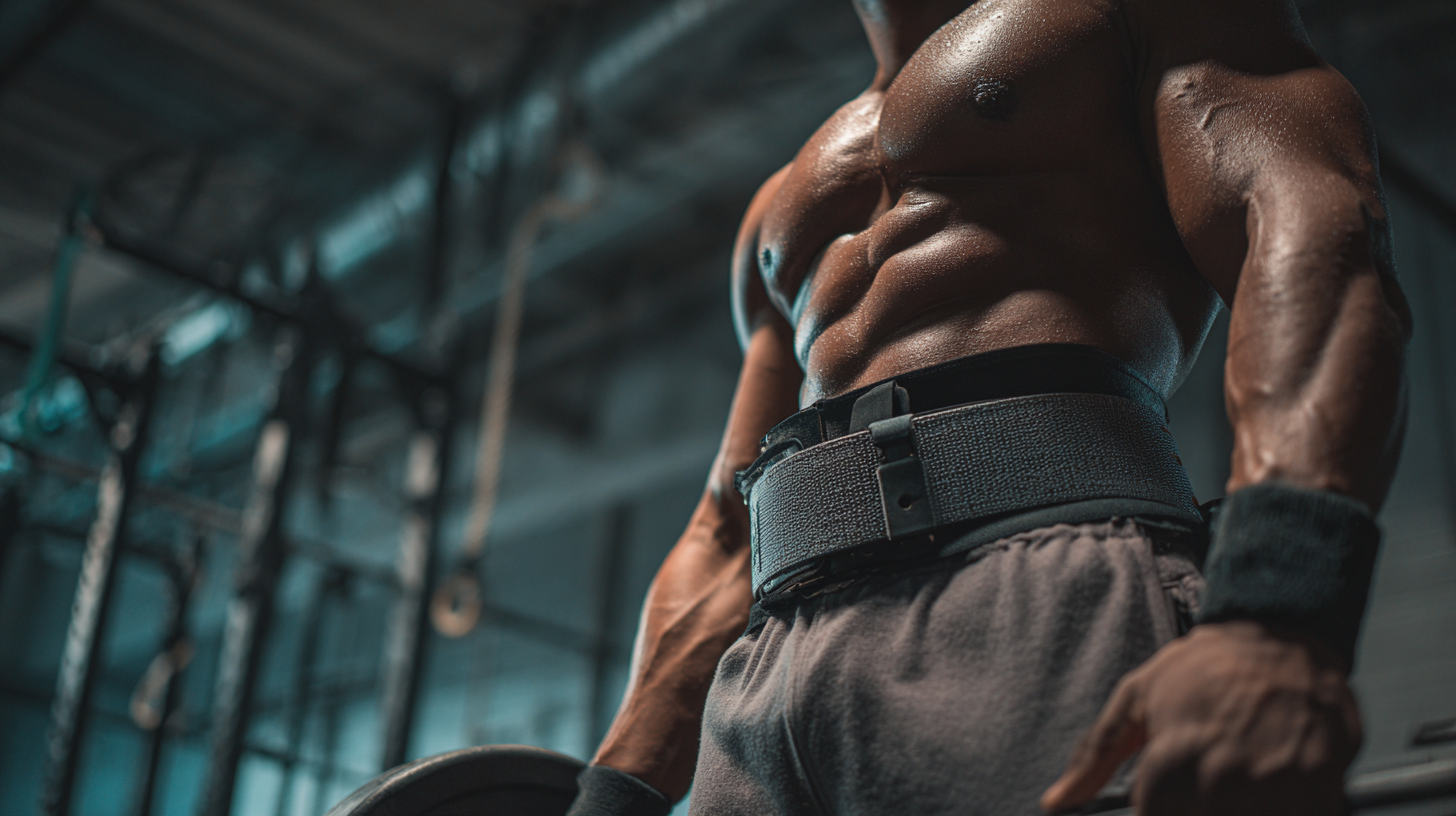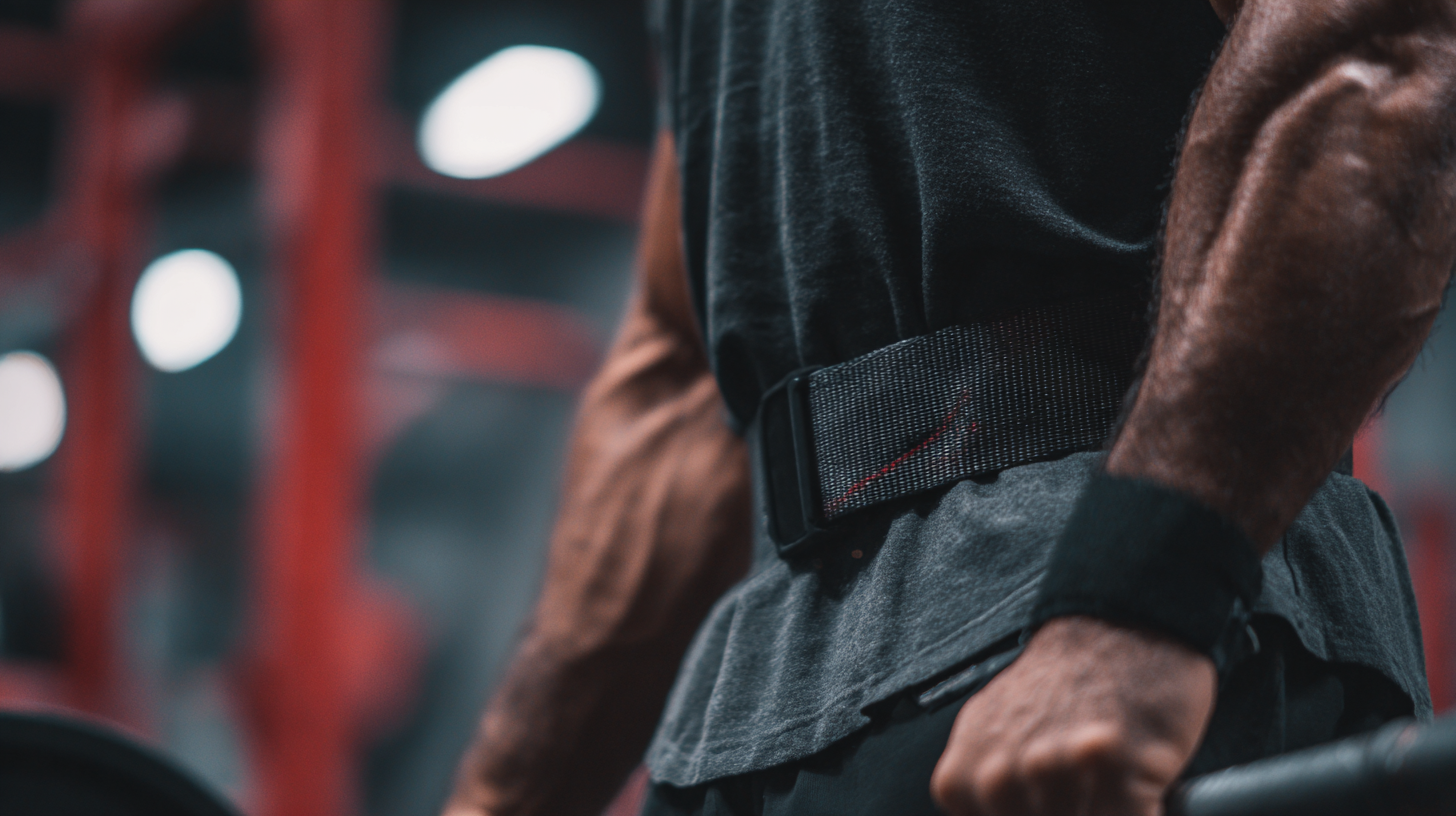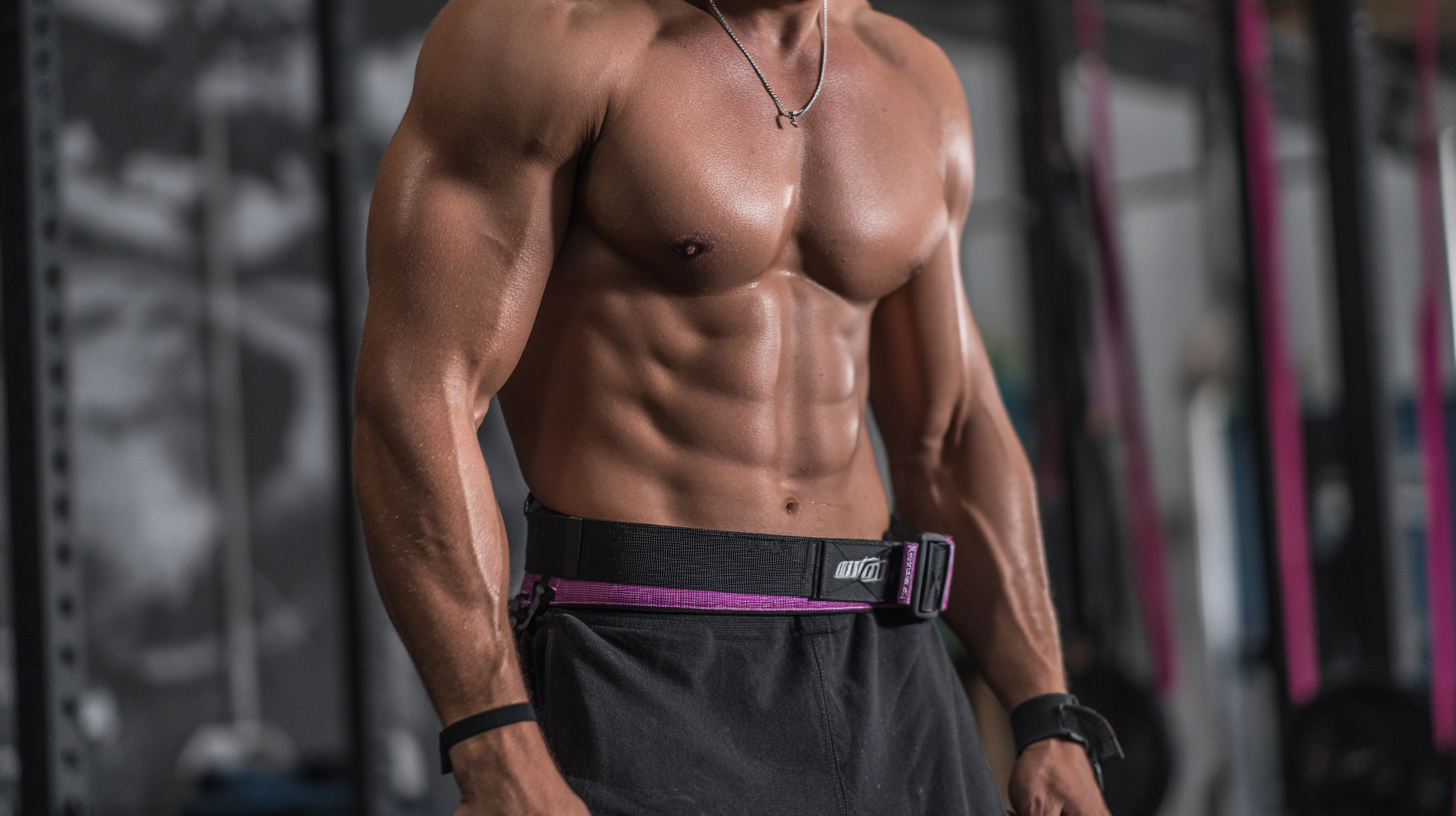Navigating the Best Training Belts in 2025 Trends and Tips for Optimal Performance
As we move deeper into 2025, the world of fitness continues to evolve, presenting athletes and enthusiasts with an array of innovative solutions to enhance performance. Among these advancements, training belts have emerged as essential tools for maximizing efficiency, ensuring safety, and optimizing workouts. This blog explores the latest trends in training belts, highlighting cutting-edge technologies and materials that cater to diverse training needs. We will also delve into practical tips for selecting the right training belt, ensuring it aligns with individual fitness goals and preferences. Moreover, our discussion will touch on viable alternatives to traditional training belts, providing a comprehensive overview of options available in today's market. Join us as we navigate through the best training belts of 2025, empowering you to elevate your fitness journey.

The Evolution of Training Belt Standards: What's Changed in 2025
In 2025, the standards for training belts have significantly evolved, reflecting the ongoing advancements in fitness technology and user needs. One major change is the increased emphasis on ergonomic design, which provides better support while minimizing the risk of injury during heavy lifts. The new materials used in the construction of these belts also contribute to improved durability and comfort, catering to a variety of lifting techniques and body types. Lifters in 2025 are not just looking for belts that can handle weight; they want those that enhance overall performance.
Moreover, as the fitness community becomes more globalized, influenced by trends from different regions, the standards of training belts are also adapting. For instance, the integration of features inspired by advancements in sports science—such as moisture-wicking fabrics and adjustable tension systems—has become more common. These innovations aim to optimize performance, aligning with the broader trends in both fitness and training methodologies. As enthusiasts embrace these new standards, the market is seeing a rise in options that cater to both recreational lifters and professional athletes.
Training belts in 2025 are not merely accessories; they are essential tools designed to enhance stability and performance in an increasingly competitive landscape.
Key Features to Look for in High-Quality Training Belts
When it comes to selecting high-quality training belts, there are several key features to consider that can significantly enhance your workout performance. A recent report from the National Strength and Conditioning Association (NSCA) indicates that a well-constructed training belt can improve core stability by up to 15%, allowing athletes to lift heavier weights with better form. Look for belts made from durable materials, such as leather or reinforced nylon, which offer both support and longevity.
Another crucial aspect to consider is the fit of the belt. According to a study published in the Journal of Strength and Conditioning Research, belts that fit snugly around the waist provide optimal intra-abdominal pressure, which is essential for protecting the spine during heavy lifts. Ensure that the belt has adjustable sizes and a comfortable padding to accommodate different body types and exercise movements.
Tip: When trying on a training belt, make sure to test it with dynamic movements, such as squats or deadlifts, to ensure it doesn't shift or dig into your skin during intense sessions. Additionally, consider the type of closure mechanism; lever and prong styles both have their merits, but a lever belt typically offers quicker adjustments and a tighter fit.
Navigating the Best Training Belts in 2025 Trends and Tips for Optimal Performance - Key Features to Look for in High-Quality Training Belts
| Feature | Description | Importance |
|---|---|---|
| Material | Durable and flexible materials such as nylon or leather provide support while allowing movement. | Essential for ensuring longevity and performance. |
| Adjustability | Belts should have adjustable sizes to fit various body shapes and sizes comfortably. | Crucial for personalized fit and prevention of injury. |
| Padding | Incorporated padding enhances comfort and reduces strain during lifts. | Important for user comfort and performance balance. |
| Weight Capacity | Designed to support various weight limits depending on the user's needs. | Critical for ensuring safety during heavy lifts. |
| Closure System | Secure closures (like prongs, Velcro, or buckles) help keep the belt in place during workouts. | Vital for stability and support throughout the training session. |
Impact of Material Quality on Performance and Durability
When it comes to training belts, the material quality is crucial for enhancing performance and ensuring longevity. Research shows that belts made from high-grade materials, such as premium leather or advanced synthetic fabrics, can withstand more than 30% higher stress without compromising their structural integrity. This is essential for athletes engaged in heavy lifting or high-intensity workouts, where the risk of equipment failure can lead to injuries.
Moreover, the performance of a training belt is heavily influenced by its ability to provide support and comfort. A study published in the Journal of Strength and Conditioning Research found that belts made with moisture-wicking materials not only improved comfort but also increased workout efficiency by up to 15%. This is significant as proper ventilation helps regulate body temperature and reduces the likelihood of slippage during intense sessions, maximizing each lift's effectiveness.
Investing in a training belt crafted from superior materials ensures better durability and performance, leading to more consistent workout results. As trends evolve into 2025, focusing on material quality will undoubtedly separate high-performing athletes from the rest, highlighting the essential role that equipment plays in training success.
Navigating the Best Training Belts in 2025 Trends and Tips for Optimal Performance
Innovative Designs in Training Belts: Combating Common Issues
When it comes to selecting the right training belt, innovative designs aim to address common issues athletes face during workouts. Many training belts on the market now feature advanced materials that enhance comfort and support, reducing the risk of chafing and injury. With the growth of the global training gear market, it's clear that trends are shifting towards customization and ergonomic solutions that cater to individual needs.
To maximize performance with your training belt, consider these essential tips: First, choose a belt that fits snugly but allows for freedom of movement. A proper fit ensures that the belt remains in place without constricting your movements, allowing you to focus on your training. Secondly, look for belts with adjustable features, such as removable padding or breathable fabric, which can provide additional support where it's needed most.
Moreover, stay updated with the latest technological advancements in training belts. Innovations like moisture-wicking properties and integrated storage solutions can significantly enhance your training experience. By investing in a high-quality belt that combines these features, you'll be better equipped to tackle your fitness goals effectively and efficiently.

Understanding Fit and Size: Ensuring Optimal Support and Comfort
When it comes to choosing the right training belt, understanding fit and size is crucial for ensuring optimal support and comfort. A well-fitted belt not only enhances performance but also prevents injuries during intense workouts. To achieve this, measure your waist accurately and consult the manufacturer's sizing chart before making a purchase. Remember, different brands may have varying size guides, so it’s essential to find the one that fits you best.

One important tip is to consider adjustable belts, which allow for modifications as your body changes over time. This flexibility ensures that the belt will continue to provide the necessary support without compromising comfort. Additionally, pay attention to the material; look for breathable and durable options that can withstand rigorous training while minimizing discomfort.
Lastly, test the belt before committing to it. Wear it during a workout to gauge its support and comfort level. A training belt should feel snug but not restrictive, allowing for a full range of motion. By taking these steps, you can find the best training belt that helps you perform at your peak while keeping you comfortable and secure.
